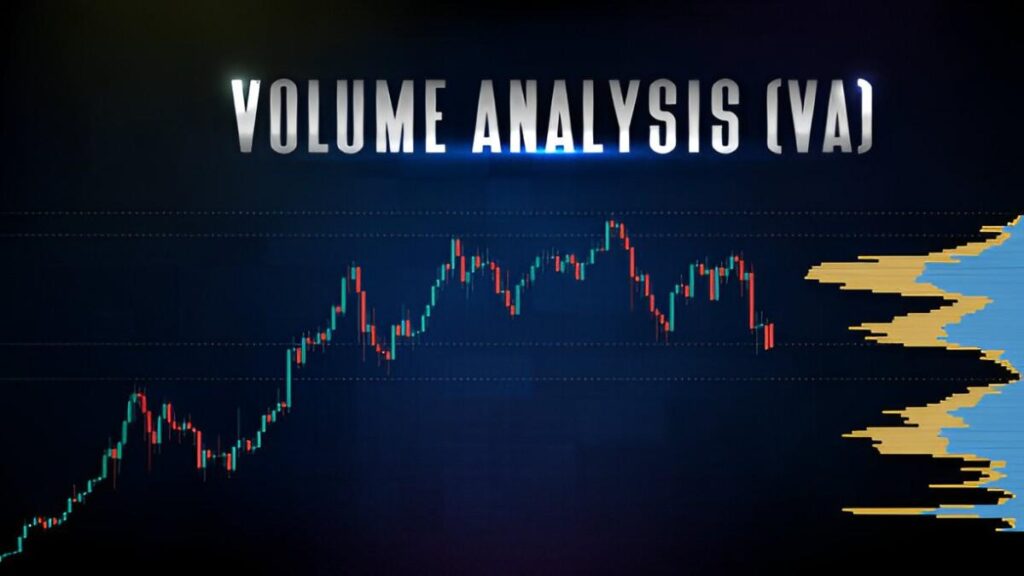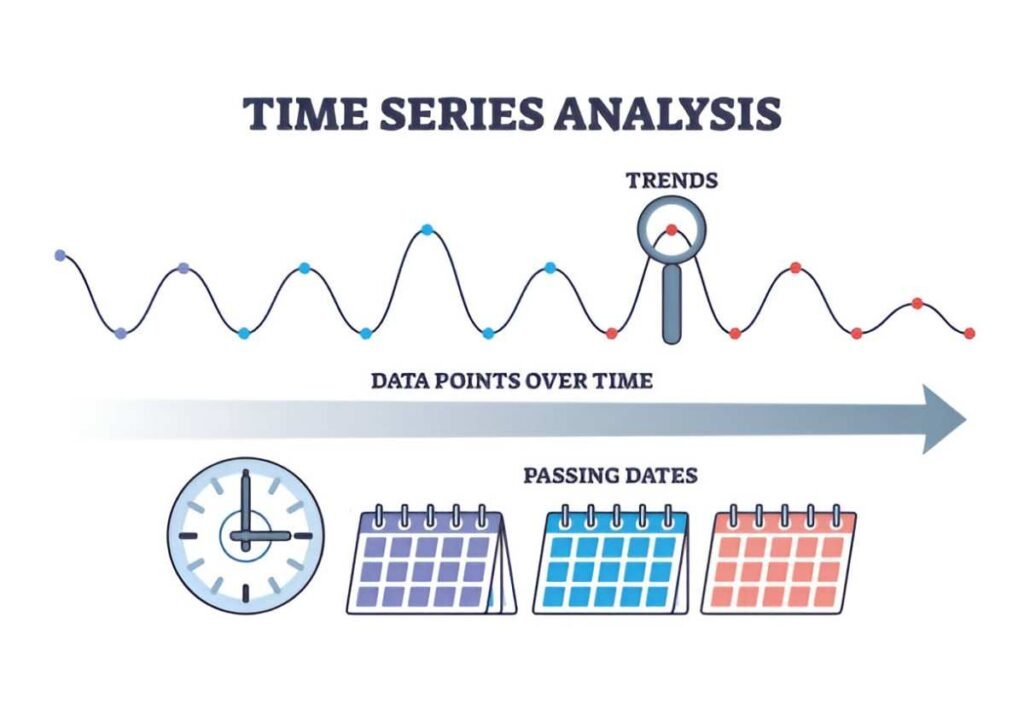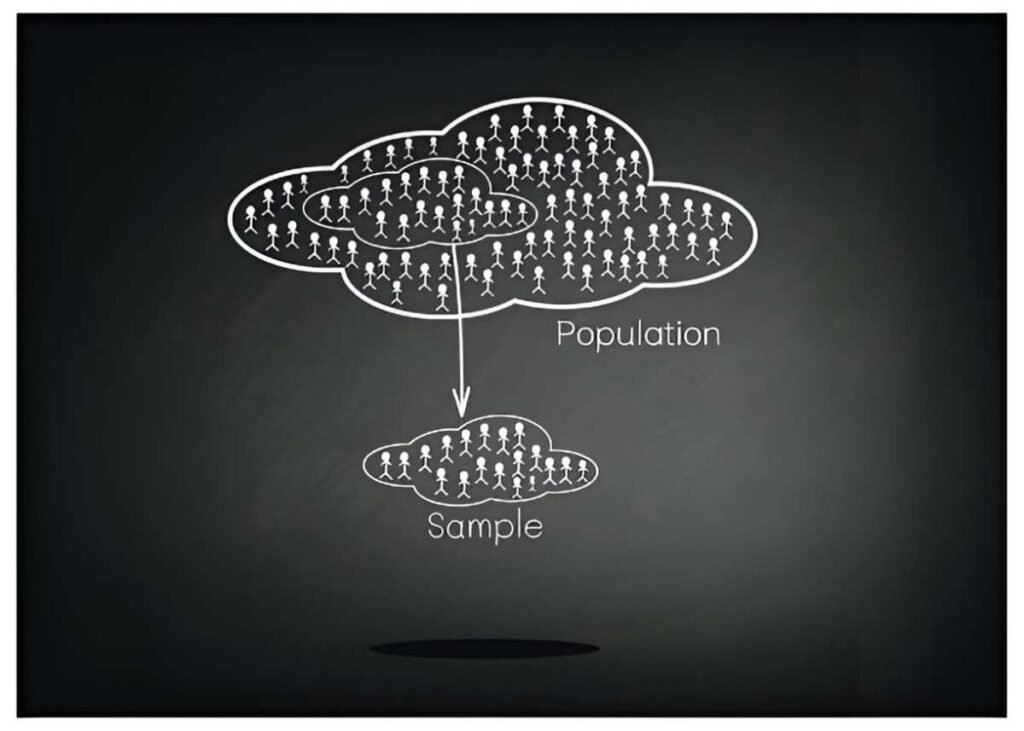Probability governs much of our lives, from weather forecasts to financial decisions. Yet, many find it elusive. In this guide, I break down probability into digestible concepts, using real-world examples, mathematical rigor, and practical applications. Whether you’re a student, investor, or just curious, this guide will help you grasp the fundamentals.
Table of Contents
What Is Probability?
Probability measures how likely an event is to occur. Expressed as a number between 0 and 1, where 0 means impossible and 1 means certain, it helps us quantify uncertainty. For example, the probability of flipping a fair coin and getting heads is P(H) = 0.5.
The Basic Probability Formula
The simplest probability formula is:
P(E) = \frac{\text{Number of favorable outcomes}}{\text{Total number of possible outcomes}}Suppose I roll a six-sided die. The probability of rolling a 4 is:
P(4) = \frac{1}{6}Types of Probability
Probability comes in different flavors, each with unique applications.
1. Classical Probability
This assumes all outcomes are equally likely. Coin flips, dice rolls, and card draws fit here.
2. Empirical Probability
Based on observed data. If I track 1000 coin flips and 520 land heads, the empirical probability is:
P(H) = \frac{520}{1000} = 0.523. Subjective Probability
Derived from personal judgment. A trader might assign a 70% chance to a stock rising based on market sentiment.
Probability Rules
Understanding probability requires mastering a few key rules.
The Addition Rule
If two events A and B are mutually exclusive (cannot happen together), their combined probability is:
P(A \text{ or } B) = P(A) + P(B)For example, the probability of rolling a 2 or a 3 on a die is:
P(2 \text{ or } 3) = \frac{1}{6} + \frac{1}{6} = \frac{1}{3}If events overlap, we adjust for double-counting:
P(A \text{ or } B) = P(A) + P(B) - P(A \text{ and } B)The Multiplication Rule
For independent events (where one doesn’t affect the other), the joint probability is:
P(A \text{ and } B) = P(A) \times P(B)The chance of flipping two heads in a row is:
P(H \text{ and } H) = 0.5 \times 0.5 = 0.25For dependent events, we use conditional probability:
P(A \text{ and } B) = P(A) \times P(B|A)Conditional Probability
This measures the likelihood of an event given that another has occurred. The formula is:
P(B|A) = \frac{P(A \text{ and } B)}{P(A)}Example: Suppose 5% of people have a disease, and a test is 90% accurate. If you test positive, what’s the probability you have the disease?
Let:
- P(D) = 0.05 (probability of disease)
- P(T^+|D) = 0.9 (test positive if diseased)
- P(T^+|\neg D) = 0.1 (false positive rate)
Using Bayes’ Theorem:
P(D|T^+) = \frac{P(T^+|D) \times P(D)}{P(T^+)}First, find P(T^+):
P(T^+) = P(T^+|D) \times P(D) + P(T^+|\neg D) \times P(\neg D) P(T^+) = 0.9 \times 0.05 + 0.1 \times 0.95 = 0.045 + 0.095 = 0.14Now, plug back in:
P(D|T^+) = \frac{0.9 \times 0.05}{0.14} \approx 0.321Only a 32.1% chance you have the disease despite testing positive!
Expected Value
Expected value (EV) predicts long-term averages. It’s calculated as:
EV = \sum (x_i \times P(x_i))Example: A lottery ticket costs $2, with a 1 in 10 million chance to win $5 million.
EV = (5,000,000 \times \frac{1}{10,000,000}) + (-2 \times \frac{9,999,999}{10,000,000}) EV = 0.5 - 1.9999998 \approx -1.5On average, you lose $1.50 per ticket.
Probability Distributions
Different scenarios follow different probability distributions.
1. Uniform Distribution
All outcomes are equally likely. Rolling a die is uniform:
P(x) = \frac{1}{6}, \text{ for } x = 1,2,…,62. Binomial Distribution
Models successes in n trials with probability p.
P(k) = C(n,k) \times p^k \times (1-p)^{n-k}Where C(n,k) is the combination formula.
Example: Probability of 3 heads in 5 flips:
P(3) = C(5,3) \times 0.5^3 \times 0.5^2 = 10 \times 0.125 \times 0.25 = 0.31253. Normal Distribution
The bell curve, defined by mean (\mu) and standard deviation (\sigma).
P(x) = \frac{1}{\sigma \sqrt{2\pi}} e^{-\frac{(x-\mu)^2}{2\sigma^2}}Real-World Applications
Finance
Investors use probability to assess risk. The Sharpe ratio evaluates returns per unit of risk:
\text{Sharpe Ratio} = \frac{E(R_p) - R_f}{\sigma_p}Where:
- E(R_p) = Expected portfolio return
- R_f = Risk-free rate
- \sigma_p = Portfolio standard deviation
Insurance
Actuaries calculate premiums using mortality tables and accident probabilities.
Medicine
Clinical trials rely on probability to determine drug efficacy.
Common Misconceptions
The Gambler’s Fallacy
Believing past independent events affect future ones. If a coin lands heads 5 times, the next flip is still 50-50.
Law of Small Numbers
Assuming small samples reflect the true distribution. Flipping a coin 10 times might not yield exactly 5 heads.
Probability in Everyday Decisions
Weather Forecasts
A “30% chance of rain” means that in similar conditions, it rained 30% of the time.
Sports Betting
Odds reflect implied probabilities. If a team has +200 odds, the implied probability is:
P = \frac{100}{100 + 200} \approx 0.333Conclusion
Probability is a powerful tool for navigating uncertainty. By mastering its rules and avoiding common pitfalls, you can make better decisions in finance, health, and daily life. Start small—practice with coins and dice—and gradually tackle more complex problems. The world is full of probabilities; understanding them gives you an edge.





